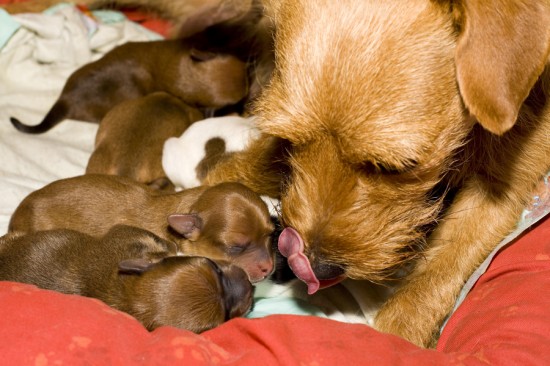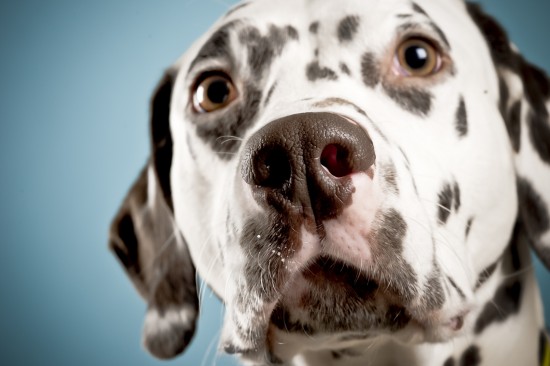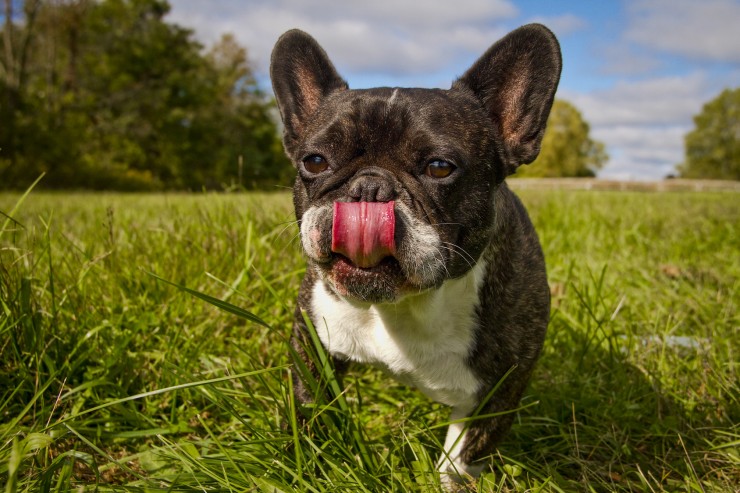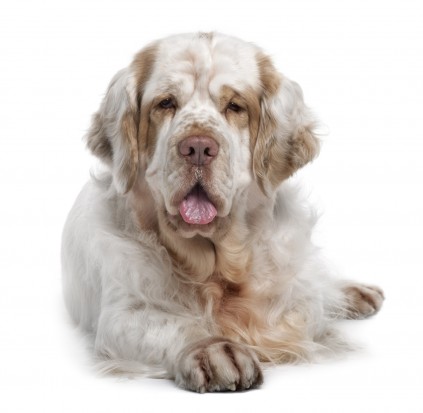Eye problems are the most common genetic disorder facing Australian Shepherds. There is a multitude of diagnoses, including merle ocular dysgenesis, cataracts, collie eye anomaly (collies are a closely related breed), deformed iris, persistent pupillary membrane, and persistent hyaloid arteries.
Merle dogs have a reddish brown or black coat with lighter red or grayish patches. Dogs with this particular kind of coloring frequently also carry the genes for irises with parts missing, cataracts, small eyes, misplaced pupils, lens misplacement, retinal deformities or detachment, persistent pupillary membrane, missing tissue behind the retina, or bulging parts of the eye. Irises with parts missing can allow too much light to enter the eye, causing the dog to squint, which makes it difficult to see. Cataracts are opacities, or cloudiness, in the lenses, which keeps light from entering the retina, where the picture sent to the brain is formed. Pupillary membranes cover the pupils before birth. Puppies born with the membrane have difficulty trying to see through it. Hyaloid arteries are also supposed to disappear before birth. When they persist after birth, they are associated with cataracts.
Cataracts may also form in dogs of other colors, and is the most common inherited disorder in the breed. When shopping for a puppy, try to find one without cataracts in parents or siblings. Persistent hyaloid arteries and persistent pupillary membranes can also be found in other colors behind merles.
Ingrowing eyelashes can also be a problem, because the eyelash can cause irritation and infections.
Collie eye deformity involves an underdeveloped eye.
Cataracts can be removed in dogs just as they are in humans. A small incision is made and the old lens is replaced by a new, clear, artificially made lens. Displaced retinas can be repaired with laser surgery. Persistent pupillary membrane, which appears as a white spot, can also be removed surgically. Not all eye problems can be corrected, and a veterinarian should be consulted if any eye problem is noticed or if the dog seems to be having difficulty seeing.

 Breeding From Your Dog - The First Stages Of Labour
Breeding From You
Breeding From Your Dog - The First Stages Of Labour
Breeding From You
 Dalmatian Coat And Skincare
Dalmatian Coat An
Dalmatian Coat And Skincare
Dalmatian Coat An
 Spleen Problems In Dogs
Spleen Problems I
Spleen Problems In Dogs
Spleen Problems I
 Things Every New Dog Owner Needs To Know About Their Pet
Things Every New
Things Every New Dog Owner Needs To Know About Their Pet
Things Every New
 The Clumber Spaniel – A Gentle Character & Loyal Family Pet
The Clumber Spani
The Clumber Spaniel – A Gentle Character & Loyal Family Pet
The Clumber Spani